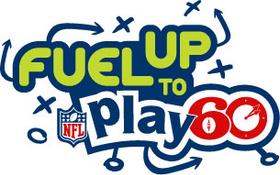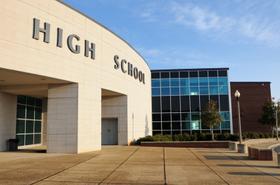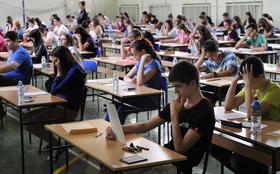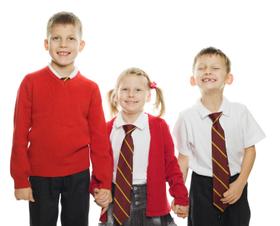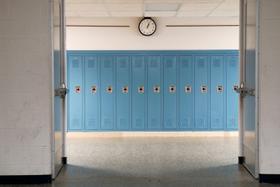For decades, studies have shown that schools with a high number of students living in poverty do not experience the same academic success as schools in wealthier districts. Many programs have been instituted to narrow the gap since the "War on Poverty" was launched by President Lyndon B. Johnson in 1965 and the Elementary and Secondary School Act of 1965 was established.
Unfortunately, recent reports show that instead of narrowing the poverty gap, there is a growing divide between low and high-income students at public schools.
The Condition of Education 2010
has recently been released by the National Center for Education Statistics (NCES). This annual report is federally mandated to provide an assessment of the condition of the educational system in the United States. This year's findings were sobering, as they indicate that the gap between high and low-poverty schools is a widening one.
According to the report, high-poverty schools are defined as institutions where at least 75% of the students enrolled are eligible for the free or reduced-price lunch program. Approximately 6 million elementary students and one million secondary students are enrolled in high-poverty schools today.
This video looks at the disparity between rich and poor school districts.
Characteristics of High-Poverty Schools
The NCES report looks at a variety of characteristics of high-poverty schools, including:
- Locations of the schools
- Characteristics of the students
- Qualifications and characteristics of faculty, administration, and support staff
- Graduation rates of students
- Performance on National Assessment of Educational Progress assessments
- College enrollment rates after graduation
The report compares high-poverty schools to low-poverty counterparts to determine the differences between the two.
Report Findings
According to of the report, the number of high-poverty schools has risen since the beginning of the century. During the 1999-2000 school year, 15% of elementary and 5% of secondary schools were classified as high-poverty institutions. By the 2007-2008 academic year, that number had risen to 20% and 9%, respectively.
The Associated Press reported that while the average of high poverty schools rose during that time frame, the poverty rate of children rose at a much slower rate. The AP report predicted that the discrepancy might have been due to the fact that more children were signing on for the free lunch program in the latter part of the decade than in the earlier years.
Other findings include:
- Cities were more likely to have a higher percentage of high-poverty schools than rural or suburban school districts.
- The southern and western part of the country saw some of the largest numbers of high-poverty schools, with the highest percentages in Mississippi, Louisiana, New Mexico, the District of Columbia, and California.
- Students at high-poverty schools were more likely to be minorities and have limited English proficiency.
- High-poverty schools see an average high school graduation rate of 68%, while the graduation rate at low-poverty schools is 91%.
- Only 28% of high school graduates from high-poverty schools enrolled in four-year universities, compared to 52% of graduates from low-poverty schools.
Daria Hall, the director of K-12 policy development at the Education Trust, told the Associated Press that students in high-poverty schools start slow and are never able to catch up, due to lack of support both at home and at school.
"We take those students who have less outside of school, and we give them less of everything we know contributes to achievement inside of school too," Hall said.
Val Plisko, an associate commissioner for early childhood, international and crosscutting studies at the NCES agreed, "It's a persistent challenge."
This TEDTalk discusses inequality in education.
Challenges of High-Poverty Schools
According to a report on the ASCD website, there are many challenges facing low-income students from getting the highest quality of education possible. These challenges include:
- Reading Gap – Fewer low-income students are exposed to meaningful reading materials.
- Conversation Gap – Low-income parents have fewer constructive conversations with their children daily.
- Role Model Gap – Low-income children are less likely to be exposed to adults with college educations and professional careers.
The ASCD report also cites studies that show that poverty in the United States tends to be deeper and more difficult to escape from than poverty in other countries.
This video from Harvard University looks at the roots of inequality.
The income gap appears to be widening in the field of public education, leaving more students unable to dig their way out of the poverty into which they were born. Without sufficient education, including training in computers and other practical skills, students will not be able to get good jobs after high school that will help them adequately support families of their own. Hopefully, this report will open the eyes of politicians and educators to do more to level the playing field for students across the country.
Questions? Contact us on Facebook @publicschoolreview



